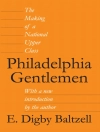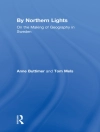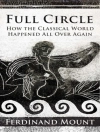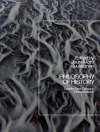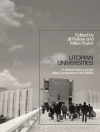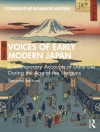Nestled in the heart of Newport, Melbourne, Australia, lies a place where history, nature, and community intertwine. Known as Koort Boork Boork by the Traditional Custodians, the Yallukit-willam people, this land has seen a century of transformation – from its beginnings as a potential meeting place, to a bustling quarry, and finally, to a cherished urban sanctuary.
When settlers arrived, they started to quarry the bluestone of the area, using it for ballast, construction and roads. The quarrying accelerated until they closed in 1968. For nearly two decades, a fierce battle raged: should these lakes be filled with rubbish, or preserved as a natural haven? A compromise was reached, one lake was lost but the two remaining lakes were saved, paving the way for their rebirth as a new place.
During the COVID-19 pandemic, Newport Lakes became more than just a park-it became a refuge. People flocked to its peaceful shores, seeking solace in nature and connecting to the community. Many species of birds, plants, and reptiles made it their home, transforming this once industrial site into a thriving ecosystem.
Though it will never return to the Koort Boork Boork of 200 years ago, Newport Lakes is evolving into something just as beloved: a place where the past meets the future, where nature and community flourish side by side. This book is a celebration of the stories that have made the Newport Lakes Reserve, celebrating all the people involved and looking to the future of its potential.
This book illustrates a regenerative journey of (re)learning relationship with nature.
Dominique Hes is an award-winning researcher, writer and teacher in the fields of built environment, regenerative development, placemaking, ecological capacity building and community development. With a background in Science, Engineering, Architecture and Governance she brings an interdisciplinary perspective to supporting places, communities and organisations to thrive.
Daftar Isi
Chapter 1. Introduction
Chapter 2. The first people of Newport Lakes
Chapter 3. 1800s – the early years
Chapter 4. 1900-1968 – from increased production to close
Chapter 5. 1968-1974 – losing a sense of relevance
Chapter 6. 1974-1981 – igniting the imagination
Chapter 7. 1982-1987 – the compromise – losing the Northwest lake
Chapter 8. 1988 – the future – building the new relationship with Koort Boork Boork
Tentang Penulis
Dominique started working, thinking and developing her approach to regenerative development in the early 2000s. Her Phd ended with the conclusion that is isn’t data, regulations, training, tools or technology that will enable a vital, thriving and viable future, it is developing the agency for people to care for their place. To create socio-ecological regeneration. Since then Dominique has been doing on the ground projects that build that agency, bringing in other tools such as biomimicry, placemaking, biophilia, systems thinking and transitions thinking. A couple project in which she has been involved are the Paddock and 28 home development iming to bring back 5 key stone species while creating a living building challenge level place for people to live; Greenfleet’s Yurol Ringtail project where using carbon offsetting investments they are working with the traditional custodians the Kabi Kabi to restore ecosystem and cultural capacity. Dominique is known in Europe and the Americas, has just retired from being an academic, written 7 books and continues to look for and work on projects that will support that shift to an agentic relationship with the environment.



